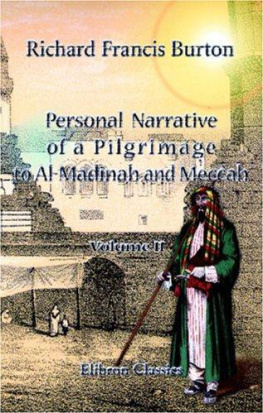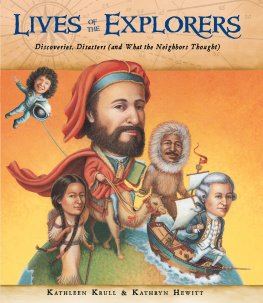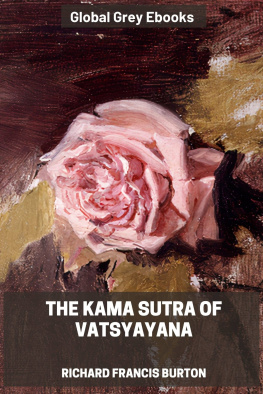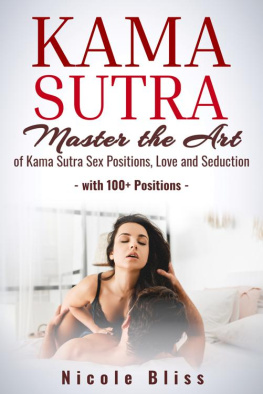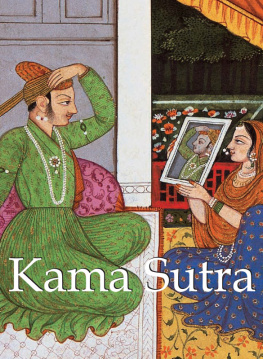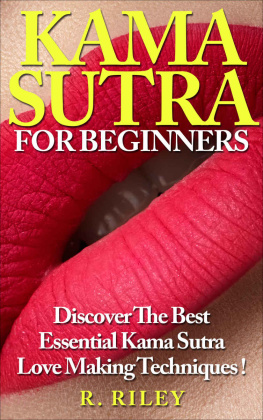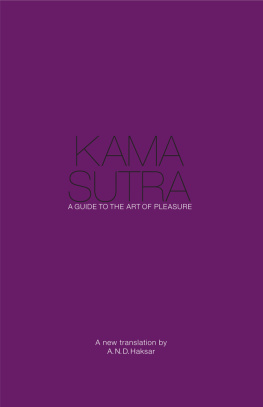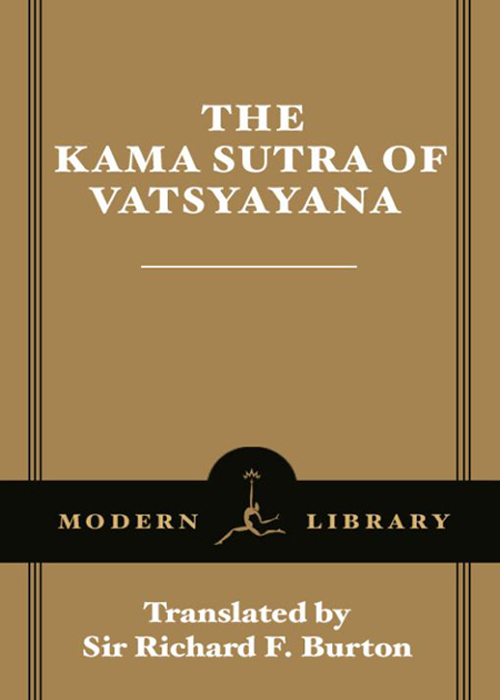
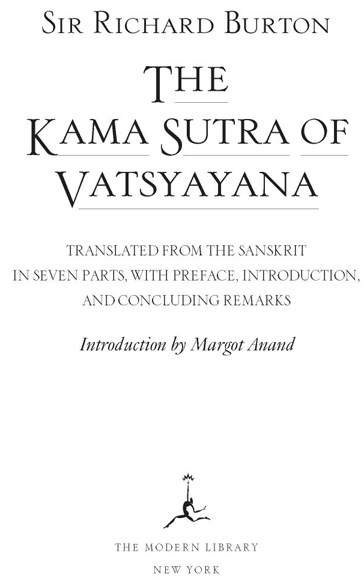
Table of Contents
A NOTE ON THE TEXT
Our Modern Library edition reprints the authoritative 1883 edition of The Kama Sutra of Vatsyayana, translated by Sir Richard Burton for the Hindoo Kama Shastra Society.
Minor changes have been made to the text to make spelling and punctuation consistent and to correct minor printers errors.
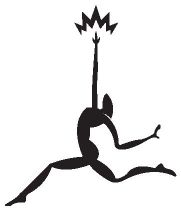
PREFACE
In the literature of all countries there will be found a certain number of works treating especially of love. Everywhere the subject is dealt with differently, and from various points of view. In the present publication it is proposed to give a complete translation of what is considered the standard work on love in Sanscrit literature, and which is called the Vatsyayana Kama Sutra, or Aphorisms on Love, by Vatsyayana.
While the Introduction will deal with the evidence concerning the date of the writing, and the commentaries written upon it, the chapters following the Introduction will give a translation of the work itself. It is, however, advisable to furnish here a brief analysis of works of the same nature, prepared by authors who lived and wrote years after Vatsya had passed away, but who still considered him as the great authority, and always quoted him as the chief guide to Hindoo erotic literature.
Besides the treatise of Vatsyayana the following works on the same subject are procurable in India:
The Ratirahasya, or secrets of love.
The Panchasakya, or the five arrows.
The Smara Pradipa, or the light of love.
The Ratimaujari, or the garland of love.
The Rasmaujari, or the sprout of love.
The Anunga Runga, or the stage of love; also called Kamaledhiplara, or a boat in the ocean of love.
The author of the Secrets of Love (No. 1) was a poet named Kukkoka. He composed his work to please one Venudutta, who was perhaps a king. When writing his own name at the end of each chapter he calls himself Siddha patiya paudita, i.e., an ingenious man among learned men. The work was translated into Hindi years ago, and in this the authors name was written as Koka. And as the same name crept into all the translations into other languages in India, the book became generally known, and the subject was popularly called Koka Shastra, or doctrines of Koka, which is identical with the Kama Shastra, or doctrines of love, and the words Koka Shastra and Kama Shastra are used indiscriminately.
The work contains nearly eight hundred verses, and is divided into ten chapters, which are called Pachivedas. Some of the things treated of in this work are not to be found in the Vatsyayana, such as the four classes of women, viz., the Padmini, Chitrini, Shankini and Hastini, as also the enumeration of the days and hours on which the women of the different classes become subject to love. The author adds that he wrote these things from the opinions of Gonikaputra and Nande Keshwara, both of whom are mentioned by Vatsyayana, but their works are not now extant. It is difficult to give any approximate idea as to the year in which the work was composed. It is only to be presumed that it was written after that of Vatsyayana, and previous to the other works on this subject that are still extant. Vatsyayana gives the names of ten authors on the subject, all of whose works he had consulted, but none of which are extant, and does not mention this one. This would tend to show that Kukkoka wrote after Vatsya, otherwise Vatsya would assuredly have mentioned him as an author in this branch of literature along with the others.
The author of the Five Arrows (No. 2 in the list) was one Jyotrisha. He is called the chief ornament of poets, the treasure of the sixty-four arts, and the best teacher of the rules of music. He says that he composed the work after reflecting on the aphorisms of love as revealed by the gods, and studying the opinions of Gonikaputra, Muladeva, Babhravya, Ramtideva, Nundikeshwara and Kshemaudra. It is impossible to say whether he had perused all the works of these authors, or had only heard about them; anyhow, none of them appear to be in existence now. This work contains nearly six hundred verses, and is divided into five chapters, called Sazakas or Arrows.
The author of the Light of Love (No. 3) was the poet Gunakara, the son of Vechapati. The work contains four hundred verses, and gives only a short account of the doctrines of love, dealing more with other matters.
The Garland of Love (No. 4) is the work of the famous poet Jazadeva, who said about himself that he is a writer on all subjects. This treatise is, however, very short, containing only one hundred and twenty-five verses.
The author of the Sprout of Love (No. 5) was a poet called Bhanndatta. It appears from the last verse of the manuscript that he was a resident of the province of Tirhoot, and son of a Brahman named Ganeshwar, who was also a poet. The work, written in Sanscrit, gives the descriptions of different classes of men and women, their classes being made out from their age, description, conduct, etc. It contained three chapters, and its date is not known, and cannot be ascertained.
The Stage of Love (No. 6) was composed by the poet Kullianmull, for the amusement of Ladkhan, the son of Ahmed Lodi, the same Ladkhan being in some places spoken of as Ladana Mull, and in others as Ladanahalla. He is supposed to have been a relation or connection of the house of Lodi, which reigned in Hindostan from A.D. 14501526. The work would, therefore, have been written in the fifteenth or sixteenth century. It contains ten chapters, and has been translated into English but only six copies were printed for private circulation. This is supposed to be the latest of the Sanscrit works on the subject, and the ideas in it were evidently taken from previous writings of the same nature.
The contents of these works are in themselves a literary curiosity. There are to be found both in Sanscrit poetry and in the Sanscrit drama a certain amount of poetical sentiment and romance, which have, in every country and in every language, thrown an immortal halo round the subject. But here it is treated in a plain, simple, matter-of-fact sort of way. Men and women are divided into classes and divisions in the same way that Buffon and other writers on natural history have classified and divided the animal world. As Venus was represented by the Greeks to stand forth as the type of the beauty of woman, so the Hindoos describe the Padmini or Lotus woman as the type of most perfect feminine excellence, as follows:
She in whom the following signs and symptoms appear is called a Padmini. Her face is pleasing as the full moon; her body, well clothed with flesh, is soft as the Shiras or mustard flower, her skin is fine, tender and fair as the yellow lotus, never dark coloured. Her eyes are bright and beautiful as the orbs of the fawn, well cut, and with reddish corners. Her bosom is hard, full and high; she has a good neck; her nose is straight and lovely, and three folds or wrinkles cross her middleabout the umbilical region. Her yuni resembles the opening lotus bud, and her love seed (Kama salila) is perfumed like the lily that has newly burst. She walks with swan-like gait, and her voice is low and musical as the note of the Hokila bird, she delights in white raiments, in fine jewels, and in rich dresses. She eats little, sleeps lightly, and being as respectful and religious as she is clever and courteous, she is ever anxious to worship the gods, and to enjoy the conversation of Brahmans. Such, then, is the Padmini or lotus woman.
Next page

